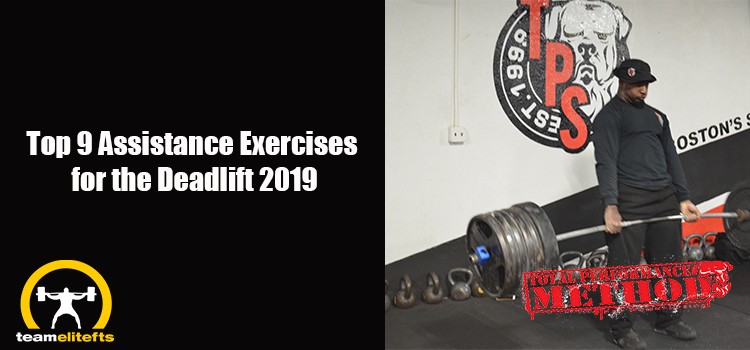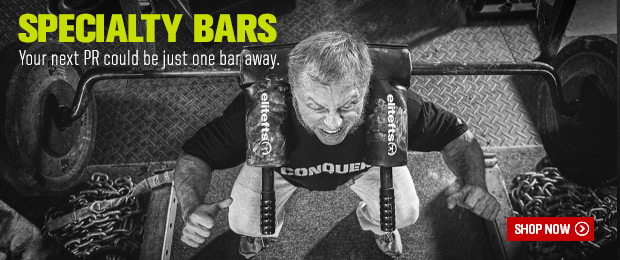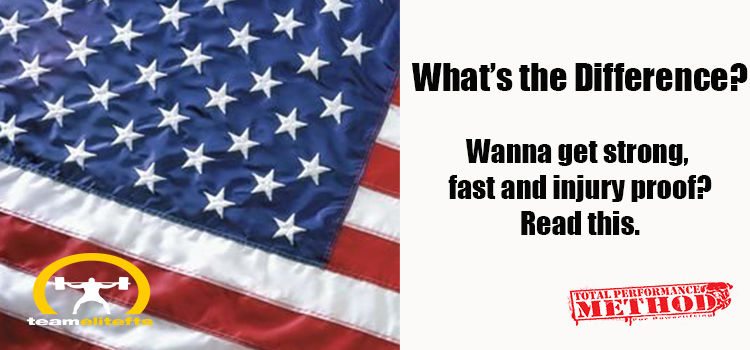
Today we are going to discuss, guess what?
Specialty bars again.
Why?
Because it’s my log and I want to write about them that’s why.
But the non-dick answer is that I get asked this question a lot and figured I’d let you all know too in case you were wondering.
I’m going to discuss the Bandbell bar and the Tsunami bar today.
To the new lifter, or those unfamiliar, both bars appear to do the same thing, but they are pretty different when you break them down.
Most importantly is that 100% of the Bandbell bar is made and sourced in the USA, and the Tsunami bar is made right in South Carolina too.
.
(Note: sourced means that not only is it made here, all of the components in it's construction are native to the USA-Merica)
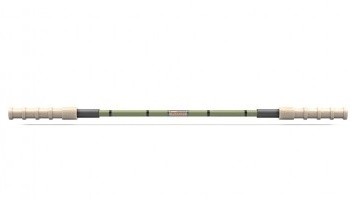
The Bandbell bar is made of a composite material which is proprietary to them, that mimics bamboo.
This material is very strong and oscillates quite a bit when weight is added. The bar does not flex very much during the lift, rather it feels almost like it is shaking or vibrating.
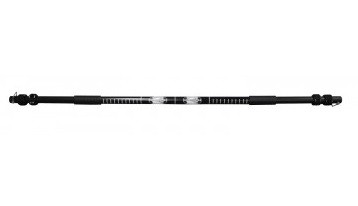
The Tsunami bar is also made of a composite material, but it is very different than the Bandbell.
It flexes a lot more in a different way than the Bandbell bar and does not oscillate nearly as much through the range of motion you are lifting.
It does however at the lockout portion of the lift and on the downward portion if you do it right.
More information on the Bandbell Bar
I was fortunate enough to talk to Jim Seitzer, creator of and owner of Bandbell to get more information about his product.
From Jim:
“It was originally developed to rehab shoulder injuries and keep them fixed.
It does that very well. What I didn’t know is the range of other uses it would have, such as increased flexibility in the joint.
It imparts wonderful flexibility to the joint.
Top strength coaches around the country have found that using kinetic training increases joint flexibility and helps prevent injury, and it improved agility and balance as well.
We have two types of bars, high kinetic and low kinetic.
The Earthquake, E-Maxx and Bamboo bars are high kinetic. These are loaded with bands and kettlebells.
The Rhino Flex bar is low kinetic.
These are plate loaded.
The difference is a low kinetic bar with very slight flexion, “activates” the stabilizing muscles of the joint to allow the joint to function as more perfect mechanical system.
It does not strengthen them.
The high kinetic bar does the same but it also strengthens the stabilizers as well. It allows the stabilizers to work together with the primary movers.”
Murph’s note: It strengthens and powers up the shit out of them.
More information on the Tsunami Bar
I'm going to give you my observations on the Tsunami bar:
The Tsunami bar as a wonderful piece of equipment that is made from very high quality material.
Looking at the bar for the first time you might not think it is strong enough to hold the weight that you want to use, but it is. It is very strong and durable.
My two cents on the bar is that this bar is not as therapeutic as a Bandbell, nor was it designed to be.
I think the Tsunami bar as an excellent tool to teach your athletes to give and receive force.
What the hell do I mean?
If you look at athletics, there are two type of athletes, those who give force, and those who give and receive.
A powerlifter is a type that gives force, as would be a pitcher in baseball.
A football player gives and receives force.
Nope, I am not the genius who came up with this, but my mentor Dr. Fred Hatfield used this distinction to design programs.
For example, if you were using the clean and jerk as an exercise, a pitcher would do much better with lifts like high pulls and the like instead of a full clean.
Why?
They don’t receive force so why bother wasting time with exercises that don't carry over?
A linebacker however would benefit greatly from a full clean as they need to receive force as well.
With that I mind, I have found that the Tsunami bar is an excellent tool for this.
It gives you excellent feedback on force production by how much the bar flops at lockout, and it teaches you to absorb the force (or decelerate) as you catch it and lock out.
I’ve had great success improving lifters stabilization using the Tsunami bar for Dynamic Work in place of accommodating resistance.
It has worked best in two ways:
- For people who have trouble getting tight and staying tight
- As a way to deload from accommodating resistance but still get a solid benefit while going easy on the nervous system
I was fortunate enough to also speak to Rob Thames, Chief of Product Design at Tsunami Bar and got an interview with him in time for this article, so I will give you my observations on the bar.
From Rob:
"The Tsunami Bar exerts the three times the training effect of a standard barbell on the stabilizers, and two times on the prime movers in comparison tests when both bars were moved at the same speed.
This means that using the Tsunami bar gives you greater results than simply using the straight steel bar which has been proven in unbiased testing done by Furman University."
Note:
Rob read my observations above and agreed with my summary, and added the following:
"The Tsunami bar increases the frequency of motor unit activation, which simply means the faster you can recruit motor units, the faster you can react and deliver force."
Wrapping up:
Both bars are tremendous tools and should be in your toolbox.
But, you need to know the difference between a hammer and a screwdriver.
Use the right tool for the job you are trying to complete.
Wanna improve SPEED and deceleration?
Tsunami bar it is.
Wanna stay injury free, rehab something and get stronger at the same time?
Bandbell bars fit the bill.
Your best bet, try them both, use the one that suits your needs.
Have a safe and happy Fourth of July.
I have to go and eat burgers while drinking whiskey.
Did you miss last weeks log?
Did you miss my log from a few weeks ago?
It is an important one.
Maybe the most important one I’ve ever written.
Find me on Google-search for Total Performance Sports Malden, Mass.
The Best Gym in Boston, Facebook too.
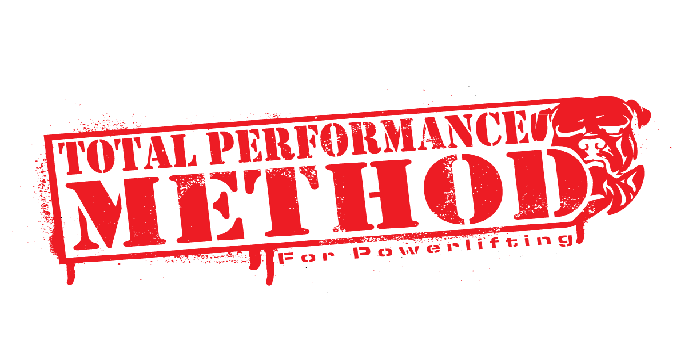
Don’t forget about the Elitefts reader discount on tpsmethod.com.
Visit tpsmethod.com/ elitefts_join/ and see the giant discount.
The site has too much to list here for you, but in short:
- Powerlifting and Fitness Programs
- Educational Videos
- Seminars
- Courses
- Moderated Forum where you can upload video and have a coach review it
Oh, yeah, follow us on Instagram too.
@TPSMalden
@tpsmethod
DM ME QUESTIONS THERE TOO!
You might be featured in a Coaching Log
And @tpsmethod
SHARE THIS!
#bostonsstrongest
Vincere vel mori
C.J. Murphy
July 3, 2019










